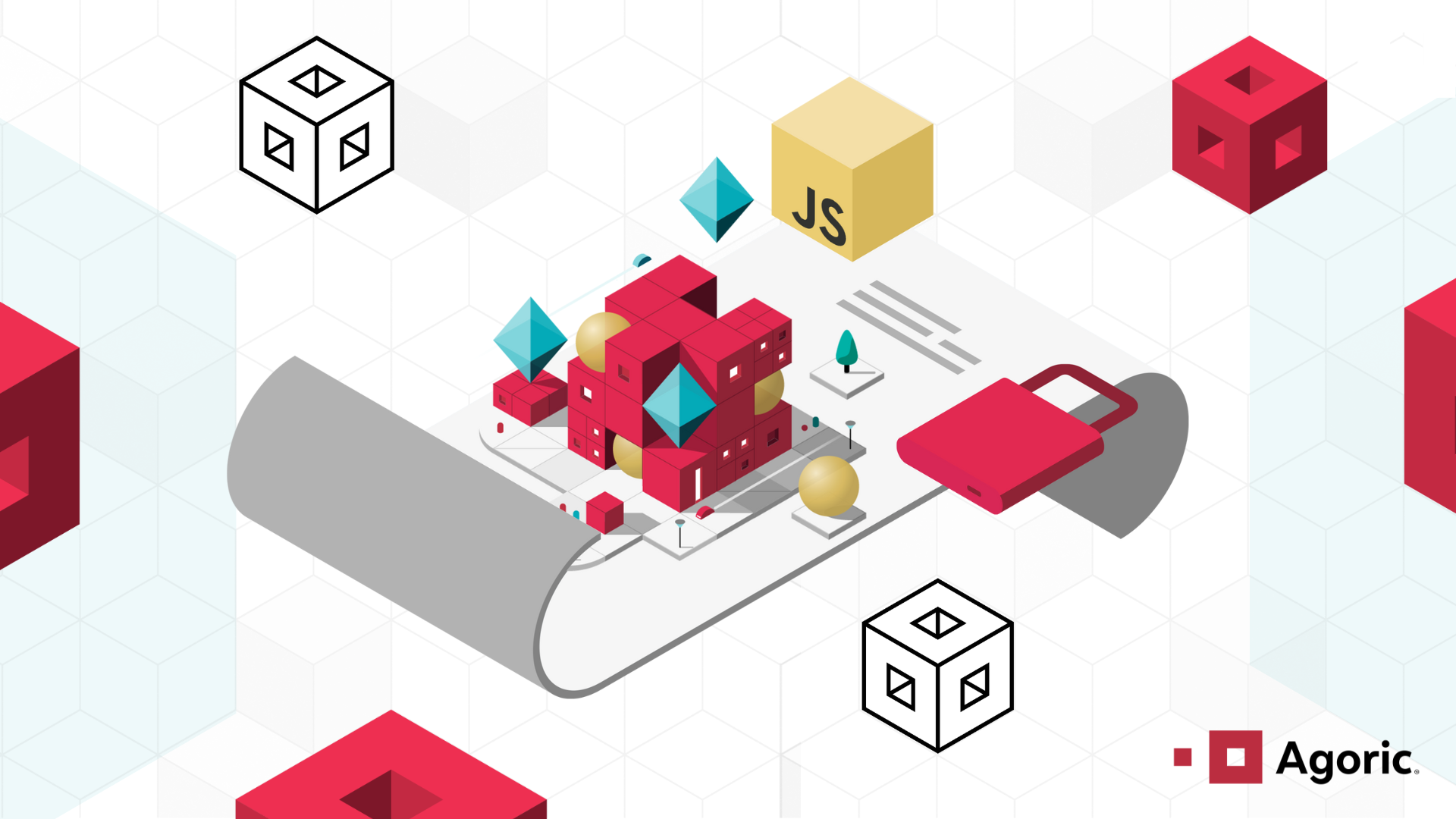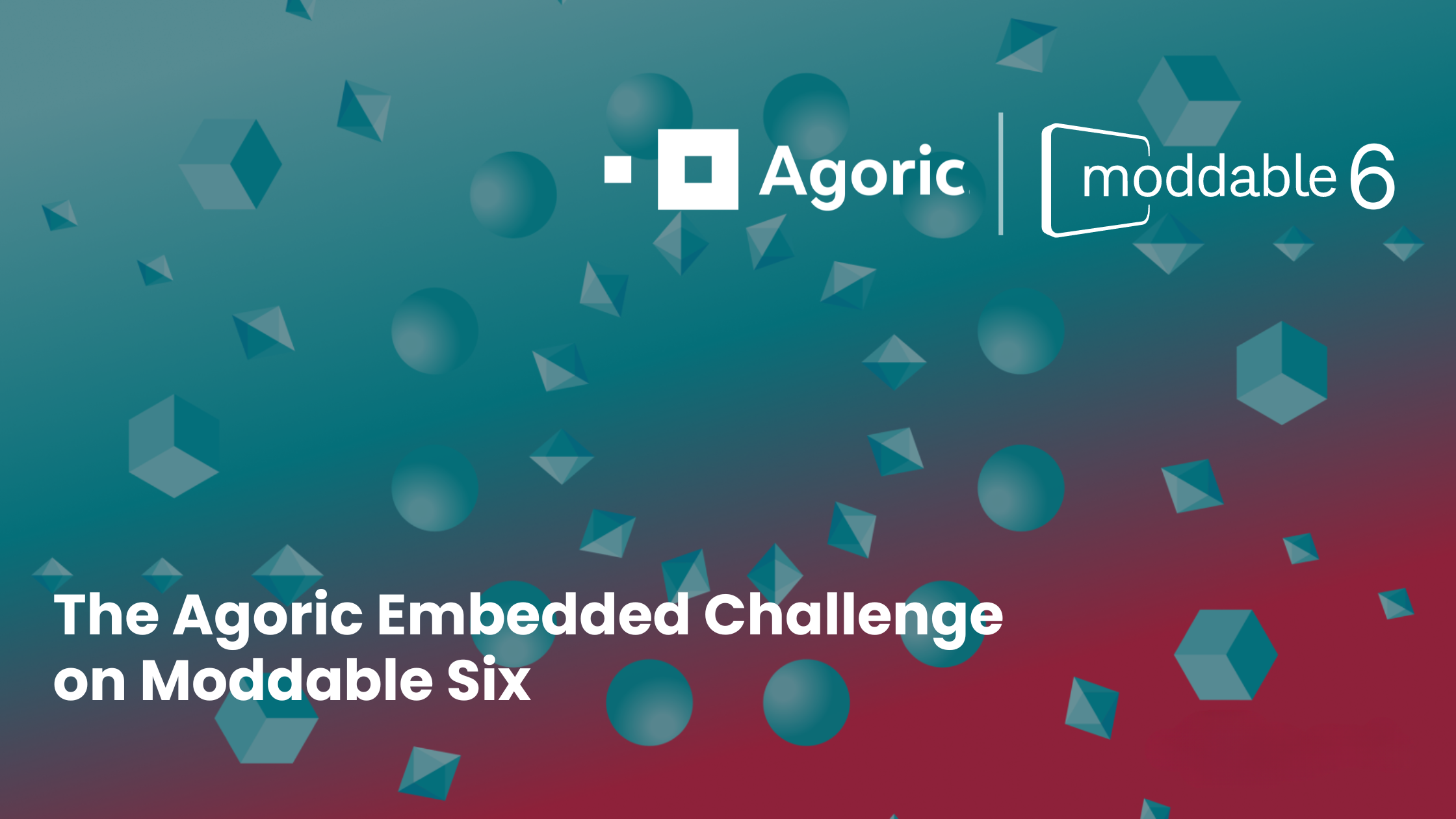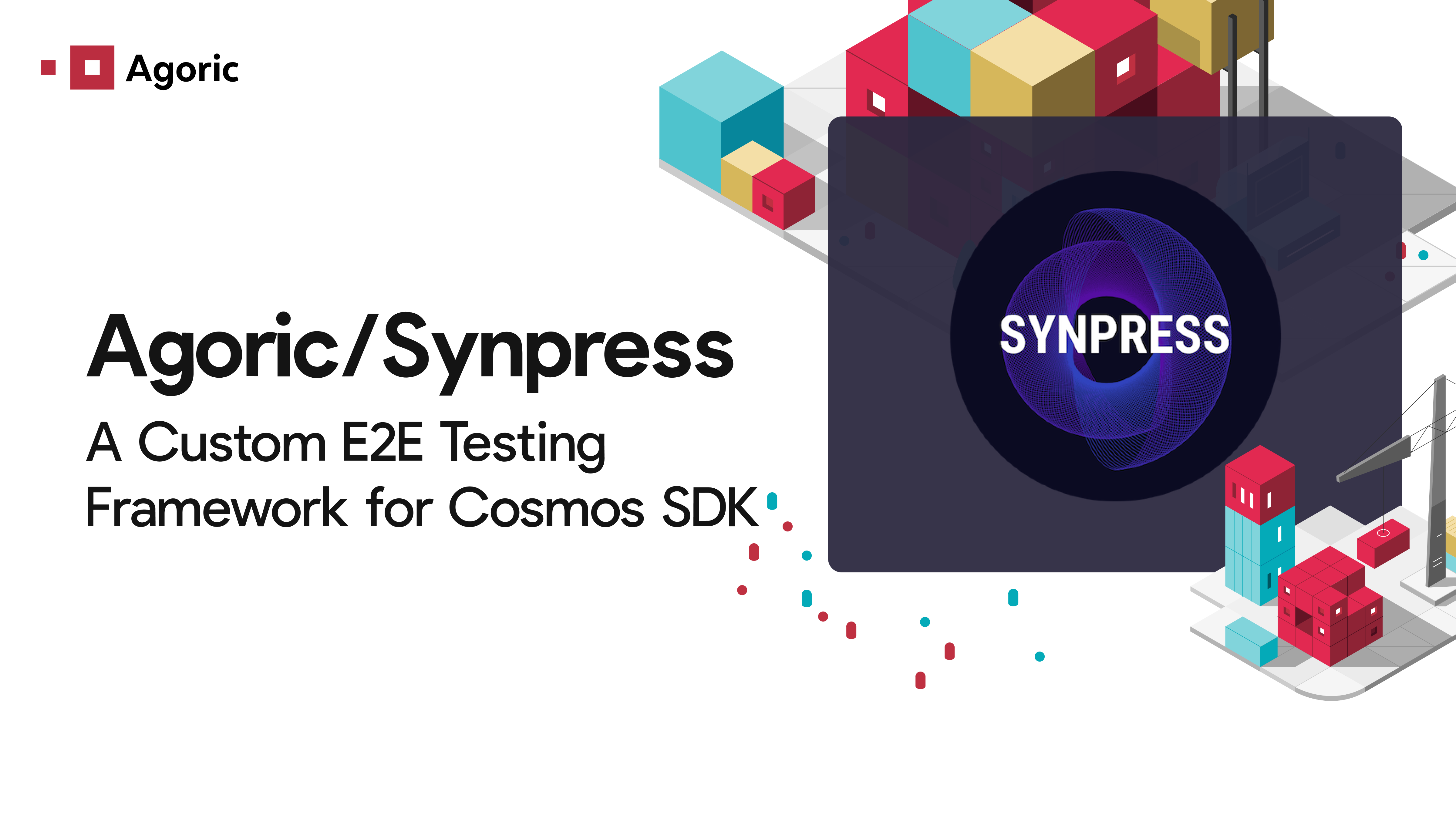Many people know Agoric as a blockchain and JavaScript smart contract platform within the Cosmos ecosystem. It pairs the familiarity of JavaScript with advanced safety features that developers can use to build consumer-ready decentralized applications.
But how do Agoric and JavaScript work together to make web3 development achievable for millions of developers around the world? Learn how our technologies democratize blockchain for JavaScript developers and more below.
Why Blockchain is the Future (and Not Just for Fintech)
Throughout the history of banking and fintech, new technology has consistently shaped the way we manage money today.
Traditional banks have adapted to many changes already, including the revolution of the internet, cloud computing, and online banking. What we’re seeing now is the same type of rhetoric surrounding blockchain as we did with those previous new technologies.
We’re only at the beginning when it comes to blockchain. But with Osmosis seeing $146 million in total value lock (TVL), plus similar news for bigger ecosystems, it indicates a large, relatively untapped market.
Blockchain may not yet be the mainstream, even when it comes to fintech companies, but we’re seeing more demand from consumers and developers who want to create their own decentralized finance platforms.
That’s why the work we do at Agoric to make this more achievable for developers is so important for the future of decentralized application development. Our CEO, Dean Tribble, believes that “if we don't enable those millions of developers to do it, we're still going to remain with crypto being a sideshow to the rest of the economy.”
Fintech is not the only industry that blockchain technology has the potential to disrupt. If you add the $1.5 trillion freight industry, the billions of dollars within the gaming industry, retail, and even the seemingly niche $10 billion comic industry, plus everything in between, the true potential is yet to be uncovered.
The Key to Making Blockchain Technology Accessible
Blockchain’s popularity may be on the rise, but it still has a long way to go in terms of how many people utilize it. According to the Electric Capital Developer Report 2022, blockchain only has around 18,000 active monthly developers, so we’re still in the early stages of deploying it across the world.
JavaScript, by contrast, has almost 14 million developers worldwide, outpacing every other programming language out there. That’s why we use Hardened JavaScript, a language that’s already familiar to millions around the world, to make blockchain technology more accessible.
At Agoric, we’ve invested significant time and resources to lock down JavaScript and make it safer for building web3 applications so those developers can get the benefits of blockchain technology wrapped in a familiar package. Paired with Agoric’s novel smart contract platform, developers can use JavaScript to design and build safe and reliable smart contracts and consumer-ready decentralized applications.
Why Agoric?
Security is a major focus point at Agoric as we provide not only building blocks for developers to launch their own applications, but also the reassurance that all data is managed safely.
Zooko Wilcox, Member of the Founding Team of Zcash, had this to say about Agoric:
“Agoric’s founding team are pioneers of some of the fundamental science of secure programming and distributed systems.”
Our Chief Scientist, Mark Miller, is responsible for many of the security elements we see in JavaScript – a language that’s a critical part of the financial infrastructure of the world. JavaScript applications control trillions of dollars every day within everything from app exchange on Salesforce to Bloomberg terminals, banking software backends, and much more.
Raising the security standards of JavaScript enables us all to enjoy it across various platforms, including the blockchain that Agoric is building. This is part of the Agoric DNA, and it’s how we’re building a JavaScript smart contract platform for multiple use cases within an $85 trillion dollar world economy.
The Agoric JavaScript Smart Contract Platform
The Agoric blockchain is built on the Cosmos-based CometBFT consensus mechanism, and uses BLD as the native token for staking and governance.
The Agoric VM runs hardened JavaScript because of the security properties and the fact that it’s a familiar programming environment for developers. The Agoric VM is capable of deterministic execution, checkpoint/restart, data storage, and async communication.
On top of that, we built the Zoe Framework. This framework acts as a component framework, with support for features like escrow, trading, pricing of assets, and transfers of assets, among other use cases.
The beauty of using JavaScript is not just that it’s a great programming language, but that frameworks (like React or Vue) are composable, enabling users to build reusable code at scale. This means that developers can build more and more components to give users additional capabilities with ease.
Another key piece of the Agoric platform is Inter Protocol, which features IST as the stable token built into the Agoric blockchain. It was originally designed as a fee token and is intrinsic to Agoric’s overall tokenomics.
IST is a decentralized, risk-managed, extensible, over-collateralized stable token issued by Inter Protocol. The token can be used to pay for gas fees and has an increasing number of use cases across the interchain and in other Cosmos zones. Inter Protocol launched initially with the Parity Stability Module which has expanded to support Noble USDC and KAVI/USDT. In 2023, Inter Protocol also introduced MakerDAO-style Vaults for ATOM. All of those are starting to be integrated by a largely independent community that is driving the growth and evolution of IST: the community voted to add stATOM as a collateral type for Vaults and discussions to add new assets are continue to arise.
You can learn more about using IST in this Getting Started post, “What is IST?”.
Building Your Own Applications
There are a host of community-built components that you can clone, use, adapt, change, and contribute to, which is why JavaScript is ideal.
Our standard JavaScript testing tools integrate with the reporting and roll-up inside multiple applications. It has type completion and type information, pop-up help, and IntelliSense, plus breakpoints and debuggers – all the things that modern developers in the mainstream world expect from their development environment.
If you are familiar with JavaScript, React, or Node, you already have a solid foundation for learning how to build on Agoric. You can start using the Zoe framework and Agoric SDK today to build powerful web3 applications on the Agoric blockchain. Check out the Your First Agoric App tutorial to try your hand at building a decentralized application.
You can connect with Agoric on Discourse (community forum), Discord (general chat), X (Twitter), Telegram, LinkedIn, and subscribe to our monthly newsletter to never miss an update.



